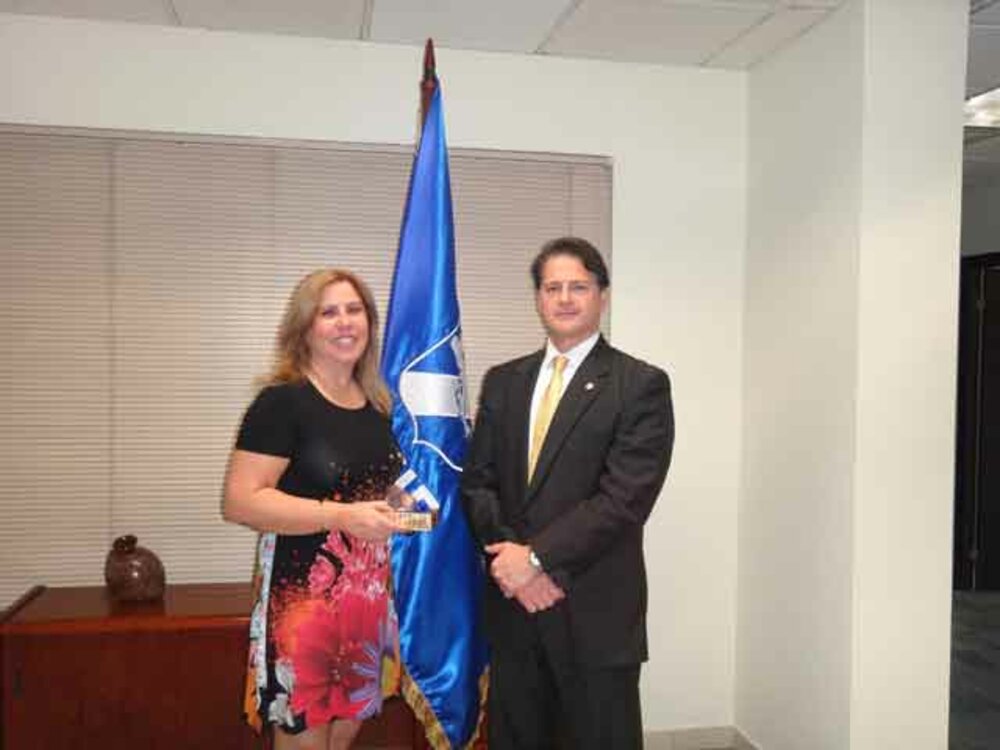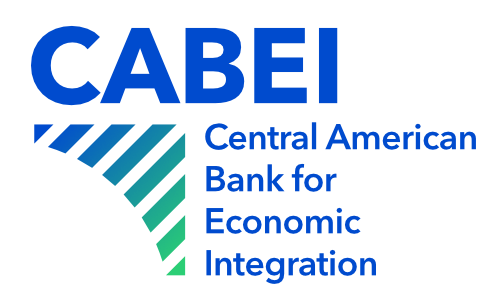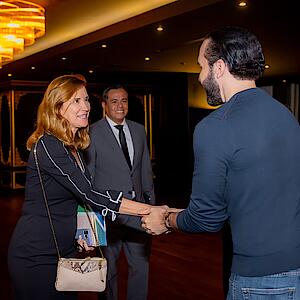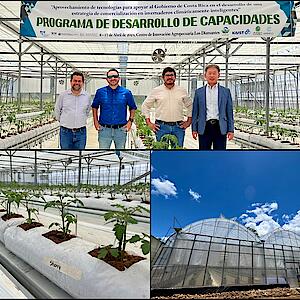CABEI and SIECA seek to optimize opportunities to promote Central American integration and trade

The boost that the Central American Bank for Economic Integration (CABEI) has given to the region's economic integration and development are a direct result of the lines of action set out in its 2015-2019 Institutional Strategy.
Tegucigalpa, January 26, 2016. - In order to unify institutional efforts, the Executive Vice President of the Central American Bank for Economic Integration (CABEI), Attorney Alejandro Rodríguez Zamora, and the Secretary General of the Central American Economic Integration Secretariat (SIECA), Ms. Carmen Gisela Vergara, held a work meeting.
During the meeting Ms. Vergara presented a new project aimed at strengthening Central America’s Regional Chains and at raising financial support to promote the Central American Trade Network, which is a virtual platform that seeks to facilitate business in the region and to link business entrepreneurs with other potential partners in the main Central American markets.
For her part, Ms. Vergara thanked CABEI for its support in the Customs Union process between Guatemala and Honduras. In addition, she recognized the Bank’s support with regard to regional economic integration and trade.
CABEI Vice President, Attorney Alejandro Rodríguez, stated that, “By means of its 2015-2019 Institutional Strategy, CABEI will continue to work on promoting actions that increase intraregional trade and foster integration; these actions will be complemented by the national efforts of the Bank’s member countries in order to increase productivity in benefit of employment and the economy.”
Attorney Alejandro Rodríguez added that, “Boosting the region’s productivity and competitiveness requires the streamlining of infrastructure, institutions and human capital to adequate levels, which is why the strategic modernization and institutional strengthening of the Central American countries is essential for the development of productivity through science, technology and innovation.”











